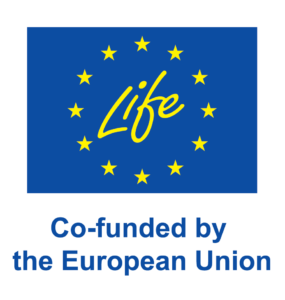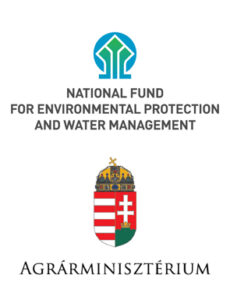
Company name:
Address:
Telephone:
E-mail:
Web site:
Country:
Agenzia nazionale per le nuove tecnologie, l’energia e lo sviluppo economico sostenibile
Lungotevere Thaon di Revel, 76, 00196 Rome
–
–
http://www.enea.it
Italy
Company description:
ENEA is one of the largest scientific and technological state-owned Italian institutions (ca. 2.700 employees) carrying out basic and applied research activities to transfer and disseminate technologies and innovation to productive and social sectors. ENEA provides high-tech services, studies and tests to both public and private bodies, and enterprises. ENEA supports the industrial competitiveness through the application of industrial ecology, industrial symbiosis principles and eco-design, fostering the implementation and use of clean and eco-efficient technologies. The Sustainability Department of ENEA operates mainly in the fields of: eco-innovation of production processes and systems, sustainable waste management, environmental certification, eco-design and life cycle analysis of products. ENEA realizes, implements and manages the Italian Industrial Symbiosis Platform (ISP, www.industrialsymbiosis.it). The ISP is an operative tool enabling companies to share resources (materials, energy products, water, services and expertise). ENEA had the scientific and technical responsibility of the industrial symbiosis projects design and implementation, in different Italian regions (Emilia-Romagna, Latium, Sicily, Umbria). For its recognized role in the field of circular economy, the European Commission has nominated ENEA as member of Coordination Group of European Stakeholder Platform for Circular Economy (ECESP). ENEA launched and promoted the Italian Stakeholder Platform for Circular Economy (ICESP).
Name and Surname:
Phone:
E-mail:
Role:
Silvia Sbaffoni
–
silvia.sbaffoni@enea.it
Researcher
Contact
LIFEproETV Coordinator
Institute for Ecology of
Industrial Areas, Katowice, Poland
i.ratman-klosinska@ietu.pl
Follow us on Twitter
Disclaimer
 |
This project has received funding from the European Union’s LIFE Programme and is co-financed by the National Fund for Environmental Protection and Water Management, Poland and the Ministry of Agriculture, Hungary |  |


